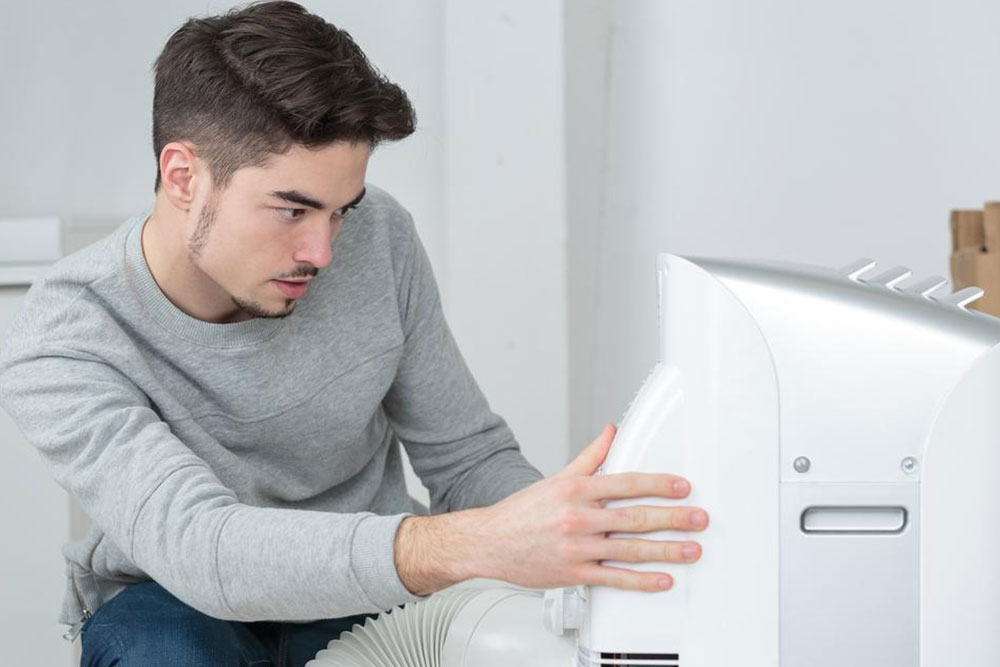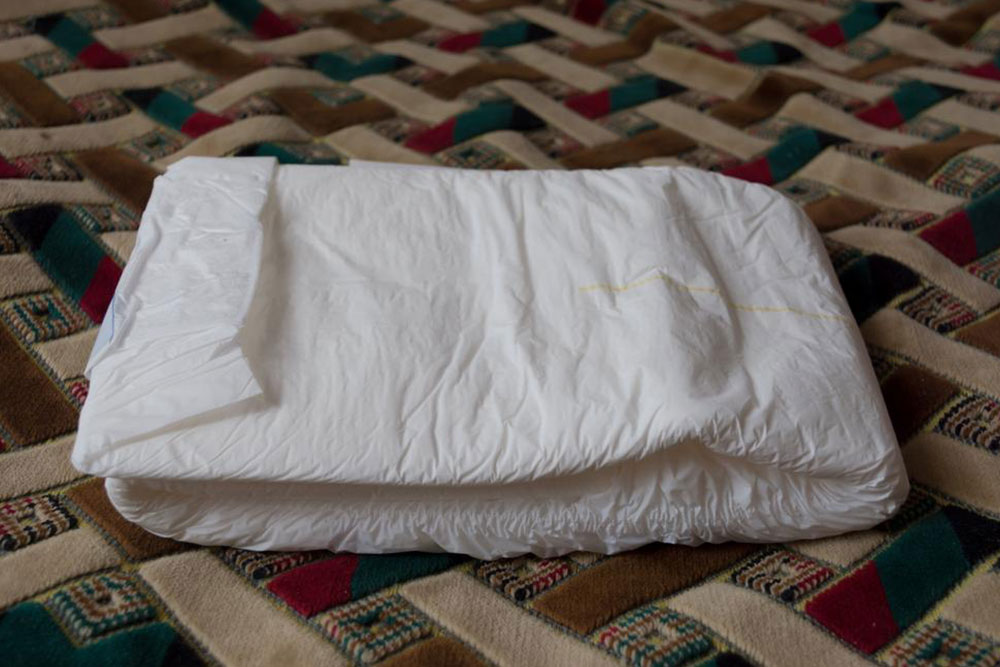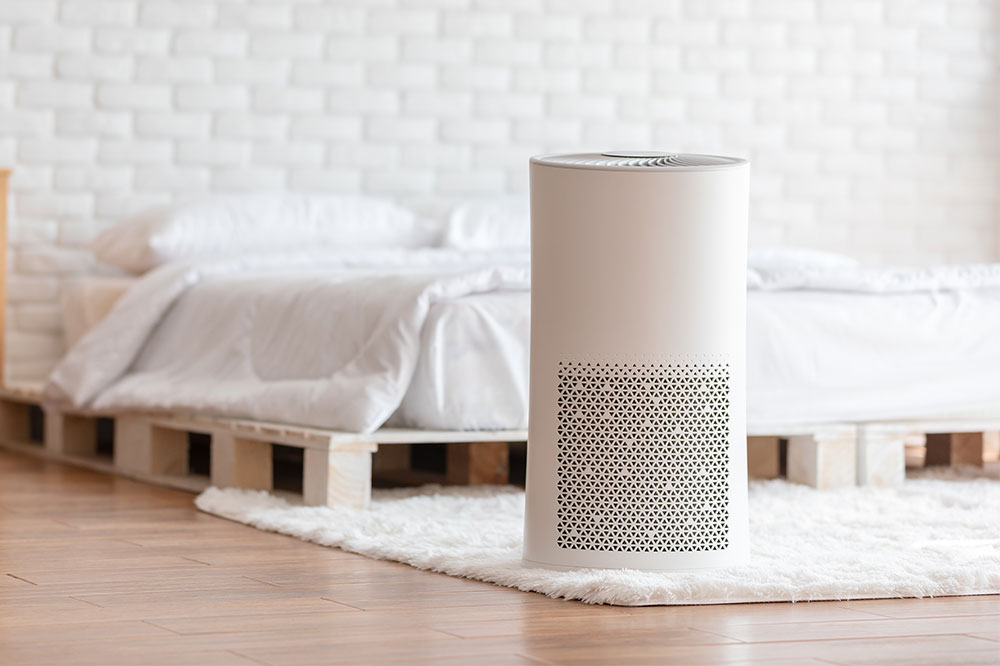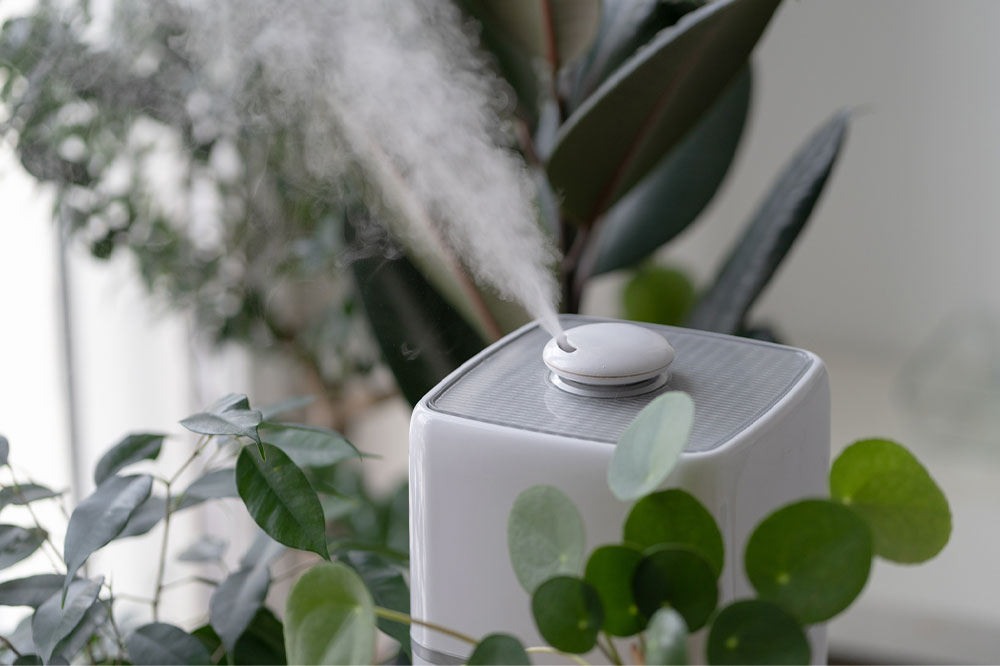Understanding the Mechanisms of Dehumidifier Technology
Explore the technical workings of dehumidifiers, including absorption and refrigeration methods. Learn how these devices remove moisture from air effectively, helping to maintain optimal indoor humidity levels. Understand the mechanisms, operation, and control features of modern dehumidifiers to improve air quality and comfort.

How Dehumidifiers Work
A dehumidifier functions similarly to a vacuum cleaner, but instead of removing dust, it extracts excess moisture from the air. It draws in humid air, dehumidifies it, and then releases dry air back into the environment. The collected moisture accumulates in a tank that must be emptied periodically. These devices often work alongside HVAC systems, utilizing refrigeration principles akin to a refrigerator to remove humidity efficiently.
Let's explore the technical operations behind dehumidifiers.
Dehumidifiers operate mainly through two methods: absorption/adsorption and refrigeration.
Absorption or adsorption-based systems:
Humid air enters the device via a duct and passes through a rotating wheel made of a moisture-absorbing material. A fan powered by an electric motor directs air through this wheel, which captures moisture. The wheel then rotates through a heated zone, drying out the absorbed moisture, which is expelled by hot air. A separate fan circulates the dry air back into the room, regulated by thermostats and humidity sensors for optimal control.
In refrigeration-based models, the process differs significantly. Warm, moist air is drawn into the device, passing over coolant-coiled pipes. As the air cools on contact with these pipes, the moisture condenses into liquid water, which collects in a tray. The air is then reheated before re-entering the room. Some units feature alarms or float mechanisms to indicate when the water tray is full.










